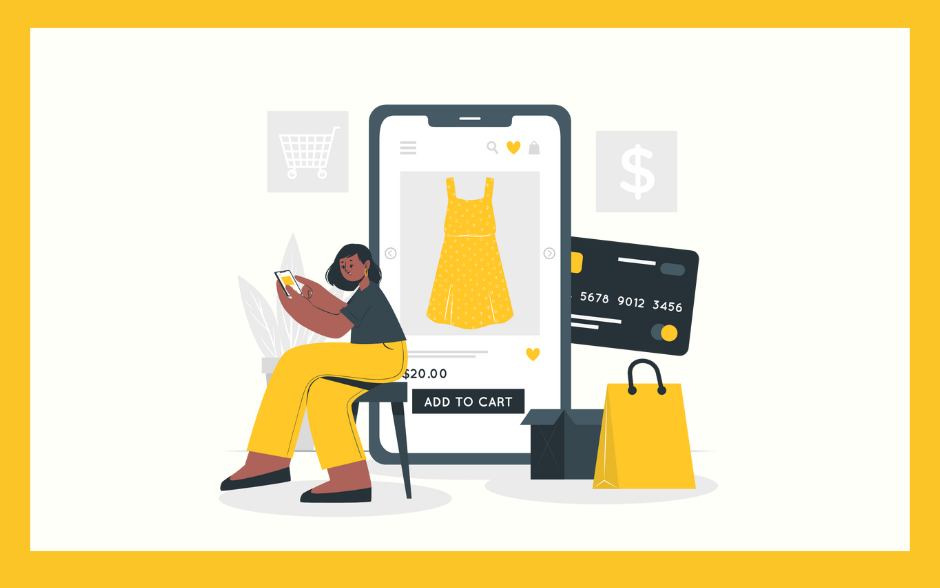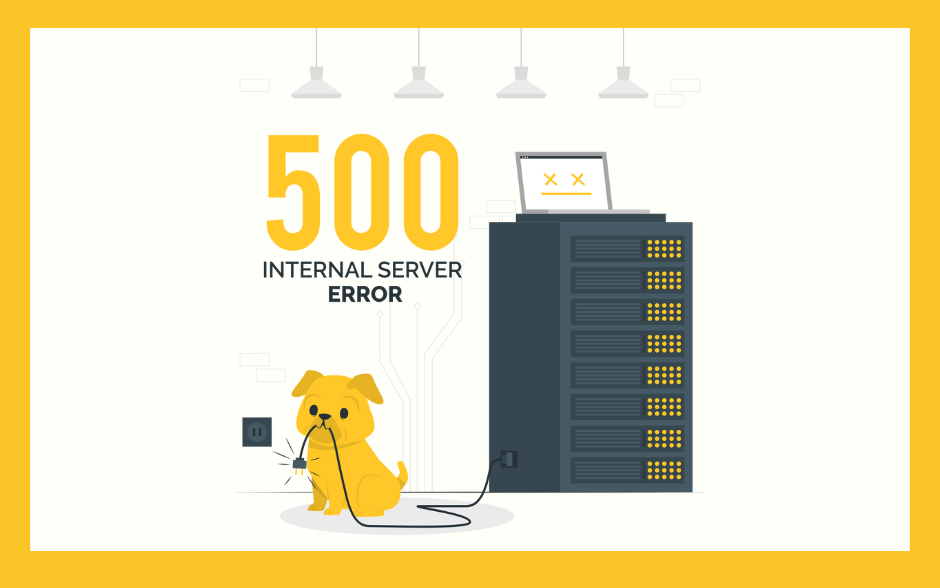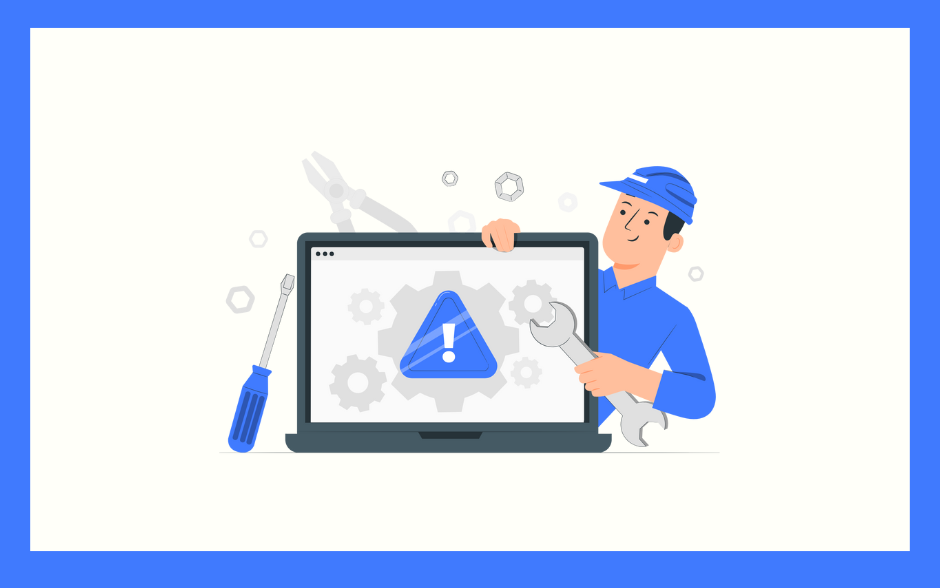This guide will explore essential elements of e-commerce website design that maximize sales conversions and provide actionable strategies to optimize each aspect effectively.
1. User-Friendly Navigation
A well-structured website with intuitive navigation helps users find products quickly and efficiently. Consider these best practices:
- Use a clear and logical menu with categorized product sections to guide users effortlessly.
- Implement a sticky navigation bar for easy access to key pages and quick navigation.
- Provide a search function with filters to refine results quickly and improve user experience.
- Optimize the breadcrumb trail for better page tracking and to reduce bounce rates.
- Ensure a clear call-to-action (CTA) on each page to guide users toward making a purchase.
2. Mobile Responsiveness

With a growing number of users shopping on mobile devices, mobile optimization is essential. Key elements include:
- Responsive design that adapts to different screen sizes seamlessly without requiring zooming.
- Fast-loading pages optimized for mobile performance to reduce bounce rates and increase engagement.
- Clickable buttons and icons that enhance usability on touchscreens and make navigation easy.
- Mobile-friendly checkout process with minimal input requirements to facilitate quick transactions.
- Thumb-friendly design, ensuring that key elements are within easy reach of mobile users.
3. High-Quality Visuals and Product Descriptions
Clear and compelling product visuals and descriptions enhance user trust and buying decisions. Ensure that:
- High-resolution images show products from multiple angles, including 360-degree views where possible.
- Zoom functionality allows users to see fine details and build confidence in product quality.
- Concise yet informative descriptions highlight features, benefits, and specifications clearly.
- Customer reviews and testimonials boost credibility and provide social proof.
- Video demonstrations enhance engagement by showing the product in action.
- Consistent branding and aesthetics improve professionalism and customer trust.
4. Page Speed Optimization

Slow-loading pages lead to high bounce rates and lost sales. Improve site speed by:
- Optimizing images using compressed formats like WebP without compromising quality.
- Minimizing HTTP requests by reducing unnecessary scripts and plugins that slow performance.
- Enabling browser caching for faster repeat visits and improved load times.
- Using a Content Delivery Network (CDN) to serve content efficiently across different geographical locations.
- Reducing server response time by upgrading hosting or using advanced caching mechanisms.
5. Streamlined Checkout Process
A complicated checkout process increases cart abandonment rates. Simplify the process by:
- Offering guest checkout to reduce barriers to purchase and increase conversion rates.
- Minimizing form fields to collect only essential information for faster transactions.
- Providing multiple payment options like credit cards, PayPal, and digital wallets to accommodate various user preferences.
- Displaying clear progress indicators so users know how many steps remain in the process.
- Auto-filling shipping and billing information where possible to enhance convenience.
- Offering a one-click checkout option for returning customers to speed up repeat purchases.
6. Trust Signals and Security Features

Building trust with customers is key to conversion success. Include:
- SSL certification to secure transactions and assure customers of data safety.
- Trust badges and security seals from recognized providers to establish credibility.
- Transparent return and refund policies to increase confidence and reduce hesitation.
- Live chat support to address concerns in real-time and improve customer satisfaction.
- Clearly visible customer service contact details to enhance transparency and reliability.
- Anti-fraud protection measures, such as two-factor authentication for payments.
7. Personalization and Customer Engagement
Enhancing the shopping experience through personalization can lead to higher conversions. Strategies include:
- AI-driven product recommendations based on browsing behavior and previous purchases.
- Dynamic pricing and promotions for repeat customers and personalized discounts.
- Personalized email marketing campaigns to re-engage visitors and encourage repeat purchases.
- Loyalty programs and incentives to encourage long-term customer retention and brand advocacy.
- User account customization, allowing customers to save preferences and shopping carts.
- Exit-intent popups with special offers, reducing abandonment rates.
8. SEO and Content Marketing

To attract organic traffic and improve sales conversions, consider:
- Keyword-optimized product pages to improve search rankings and visibility.
- Engaging blog content that provides value and educates customers about products and industry trends.
- Internal linking strategies to improve user experience and navigation within the website.
- Structured data markup to enhance search engine visibility and enable rich search results.
- Link-building campaigns to gain authority and increase referral traffic.
- Regular content updates to keep information fresh and relevant for search engines.
9. Customer Support and Post-Purchase Experience
Ensuring excellent customer support and follow-up enhances customer retention. Best practices include:
- 24/7 support options, including live chat, email, and phone support.
- Automated order tracking systems that update customers on their purchase status.
- Personalized post-purchase emails to confirm orders and suggest complementary products.
- Satisfaction surveys to gather feedback and improve the shopping experience.
- Hassle-free returns process to build trust and encourage repeat business.
An effective e-commerce website design plays a crucial role in driving conversions and increasing revenue. By focusing on usability, speed, trust, personalization, and post-purchase engagement, businesses can create a compelling online shopping experience that turns visitors into loyal customers. Implement these best practices to optimize your e-commerce store for success and achieve long-term growth.



